Clipart tagged: ‘flounder’

Dab
The teeth are compressed and trunctated, and the lateral line is cimple and arched above the pectoral.

Flatfish
An unsymmetrical fish with both eyes on one sides of its face; one side colored and the other colorless.

Flounder
Flounder keep near the bottom, swimming on one side, and the two eyes are both on the side that is uppermost.

Flounder
"Is found at the mouths of nearly all European rivers, and is especially abundant where the bottom is…

Flounder
A common fish known for its flat appearance and both eyes being on the upper, darker side of its body.

Flounder
Flounder (also; fluke) are flatfish that live in ocean waters ie., Northern Atlantic and waters along…
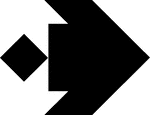
Flounder
Tangrams, invented by the Chinese, are used to develop geometric thinking and spatial sense. Seven figures…

Flounder
Tangrams, invented by the Chinese, are used to develop geometric thinking and spatial sense. Seven figures…
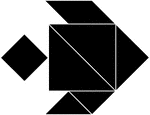
Flounder
Tangrams, invented by the Chinese, are used to develop geometric thinking and spatial sense. Seven figures…
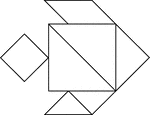
Flounder
Tangrams, invented by the Chinese, are used to develop geometric thinking and spatial sense. Seven figures…
Metamorphosis of a Flounder
Flounder have both eyes situated on one side of the head, they are not born this way. Their life involves…

Plaice
"Weighing six to twelve pounds; it feeds on mollusca, crustacea, and young fish; inhabits sandy banks…
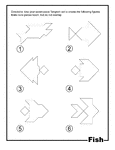
Fish Outline Tangram Card
Outlines of fish (shark, parrot fish, angelfish, flounder, hogfish, beta) made from tangram pieces.…
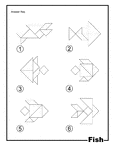
Fish Outline Solution Tangram Card
Solutions for outlines of fish (shark, parrot fish, angelfish, flounder, hogfish, beta) made from tangram…
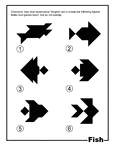
Fish Silhouette Tangram Card
Silhouette outlines of fish (shark, parrot fish, angelfish, flounder, hogfish, beta) made from tangram…
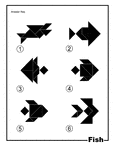
Fish Silhouette Solution Tangram Card
Solutions for silhouette outlines of fish (shark, parrot fish, angelfish, flounder, hogfish, beta) made…
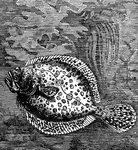
The Turbot (Rhombus Maximus)
"The Turbot resembles a rhomb in its general form; whence its name of rhombus."
